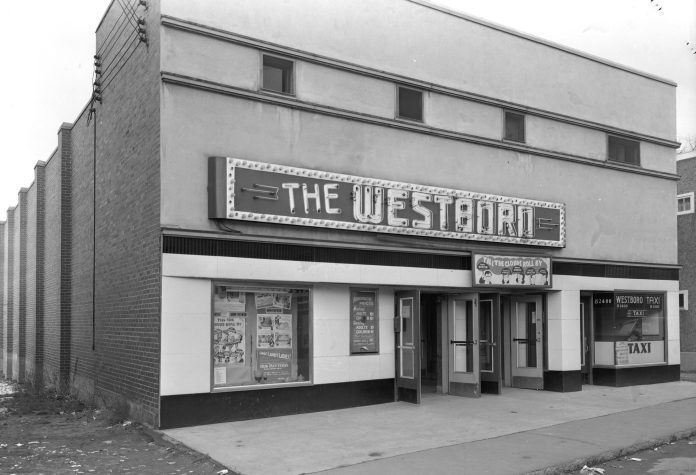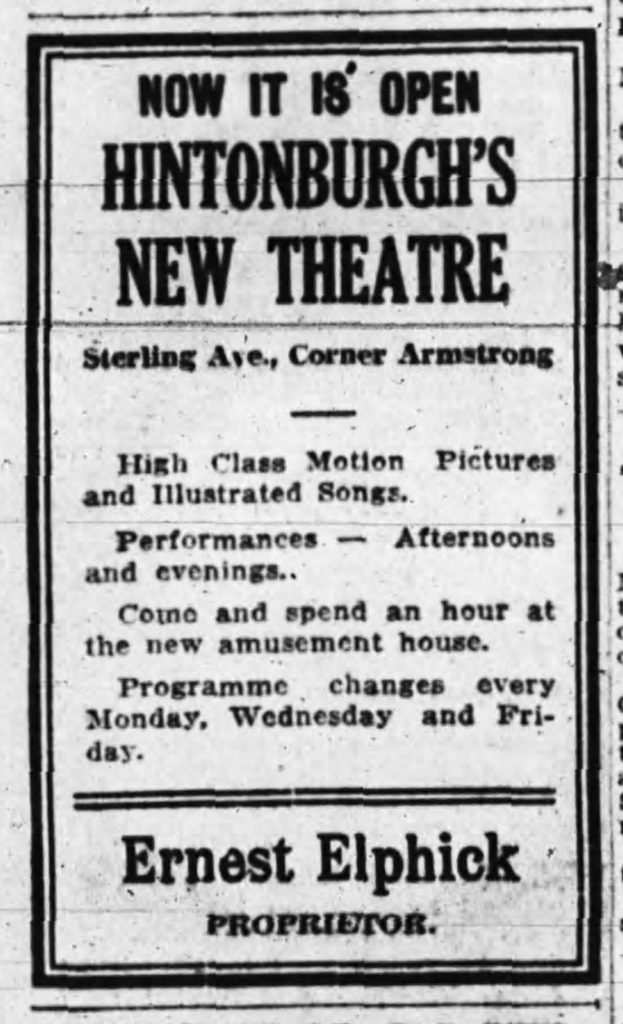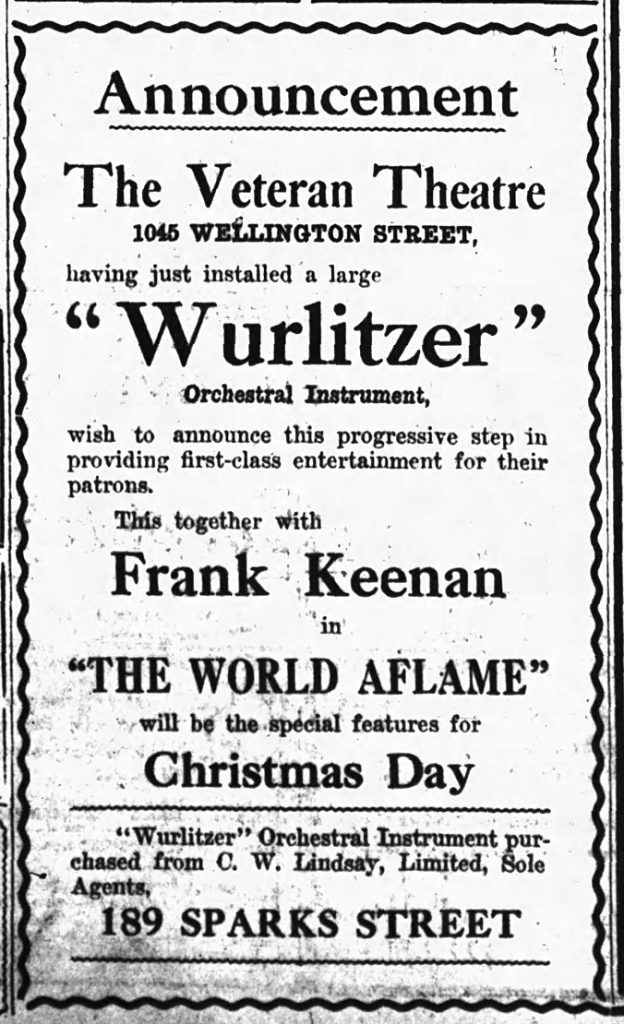The commercial districts within Kitchissippi have a lot going for them. The Westboro and Wellington West BIAs have done a remarkable job transforming Richmond-Wellington into an exciting, vibrant commercial strip, where the bulk of our shopping can be done locally, at both eclectic and practical shops alike. Just ask the New York Times, who recently profiled Wellington West as Ottawa’s “it” neighbourhood. But for all Kitchissippi has going for it, there is one type of business that was a pivotal element of community life for nearly 100 years but is now sadly missing from the streetscape: the local movie theatre.
Kitchissippi has been home to a series of different theatres, seeing the community through the eras of nickelodeons, silent films, Hollywood’s golden age, and finally, the discount movie house.
The story of ‘moving pictures’ in Kitchissippi began on Holland Avenue, on former farmland well before there were houses anywhere around. The Ottawa Electric Railway Company opened The West End Park – located between Harmer and Holland, just north of Ruskin – in July 1896. It attracted its first visitors with demonstrations of Thomas Edison’s “greatest marvel,” the Vitascope; a large projector that uses light to cast images on to a screen. Just weeks shy of actually being Canada’s first public exhibition of moving pictures, the presentations drew thousands of people to the amusement park.
The novelty factor of moving pictures remained high, not only in Ottawa but throughout North America, where an outing to the nickelodeon became one of the most popular things to do during the first decade of the 1900s. These theatres would show a series of short films for the price of a nickel. The first opened in Pittsburgh in 1905, Ottawa had its first a year later, and within just a few years there were thousands across North America. In Hintonburg, the town hall on Parkdale would occasionally feature a spectacle of moving picture films, a special treat for residents.
Even by 1910, it was estimated that less than 1% of people in the world were ever able to leave the country in which they were born. Photographs, even then still a novelty, were the only means of providing a view of the outside world. The arrival of moving pictures brought to life scenes from faraway places, reproduced with lifelike accuracy and fidelity. The event of observing one for the first time must truly have been awesome.
On February 21, 1910, the first dedicated cinema opened in Hintonburg. As any long-time resident will tell you, the former Stirling Tavern has its share of stories to tell. Though now a unique converted apartment house, part of this building started life as a silent movie theatre! Proprietor Ernest Elphick fitted up the “West End Theatre” and it was an impressive sight, both inside and out. Edison’s newest projector played the films with pianist accompaniment, and Ernest himself sang during the show.
In 1914, two more theatres opened nearby in Hintonburg. The 300-seat Cinema Theatre opened in September across from St. Francois D’Assise Church. It was a large brick building that reached almost all the way back to Armstrong Street. Two months later, the Strand opened at the corner of Wellington and Garland where the LCBO stands today. It had an impressive seating capacity of 600, and at its opening, boasted of being the second theatre in Ottawa to utilize a “ticket seller,” a “clever machine [whose] purpose is to print plainly the date and price on every ticket.”
The area population couldn’t realistically sustain three theatres, so it was just a matter of time before they started closing their doors. The Stirling was closed by 1915 (it became an auto garage) and The Strand closed in 1919, leaving the Cinema Theatre as Hintonburg’s long-time theatre. It would change names to the Veteran (1920), Columbia (1923), and the Nola (1938), and stayed open until 1948.
Not everyone approved of going to the movies. The Fathers of St-Francois Church would stand outside on Saturday afternoons, taking note of any young members of the parish going in and out; misdemeanors which would be addressed on Sunday morning.
The theatre was eventually repurposed as the Roll-O-Bowl and later as an IGA. It was destroyed in a terrific fire in March 1971.
Further up Wellington, the Victoria Theatre opened in December 1934 to serve the growing Wellington Village community. The 800-seat theatre featured seats made by Dunlop Tire “which mould themselves to your figure” and “never heats, as each unit is self-ventilated.” This theatre was located next door to what is now Thyme and Again. It operated until 1958, later under the names Century Theatre (1948) and Towne Cinema (1954). It was later converted to a car dealership, torn down in the mid-70s and replaced by the apartment building that remains in this spot today.
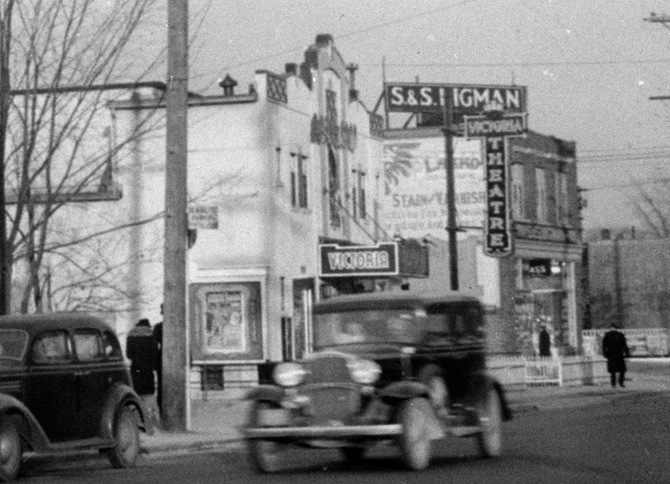
The Westboro Theatre opened in July 1941 to meet the entertainment demands of the rapidly growing population along the Britannia streetcar line. Development in the area was exploding, and the television was still years away. The time was right for John Hausler to open the Westboro, which operated as a second-run movie house, using many gimmicks to lure crowds such as giveaways and “Foto-Nites.” For an appreciative group of local teens, the theatre was a staple of life. The Westboro expanded in 1944 but it was no match for the television boom of the 1950s and closed in July 1955. Ironically, it was converted to a school for television and electronics courses. Today, the building is home to Ottawa-Carleton Mortgage Inc.
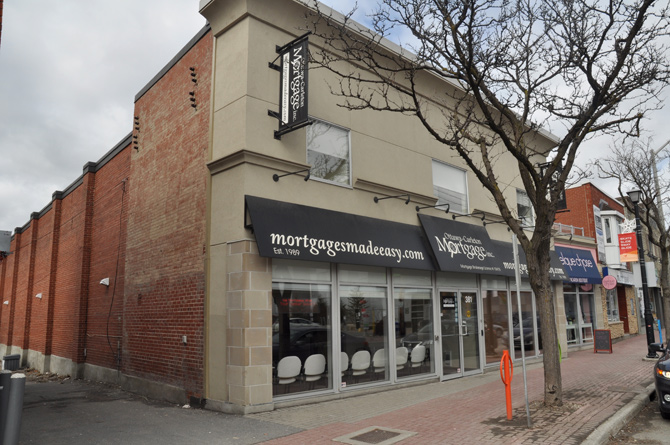
Perhaps a more recognizable name is the Elmdale Theatre. The five Zumar brothers, long involved in Ottawa theatres, dreamt of constructing a modern theatre of their own. WWII put a hold on their plans when three of the brothers went overseas (sadly only two returned). In 1946, they purchased a lot at the corner of Wellington and Hamilton and built the 882-seat Elmdale, which had a gala opening in September 1947. The Zumars sold it less than two years later but the Elmdale emerged as the neighbourhood survivor. The theatre was regularly updated in keeping with the times and found success in running weekly stage shows and talent nights. This is where the career of singing sensation Paul Anka was launched! The Elmdale fought the good fight, but in August of 1994 showed its final film, falling victim to the new age of multiplexes.
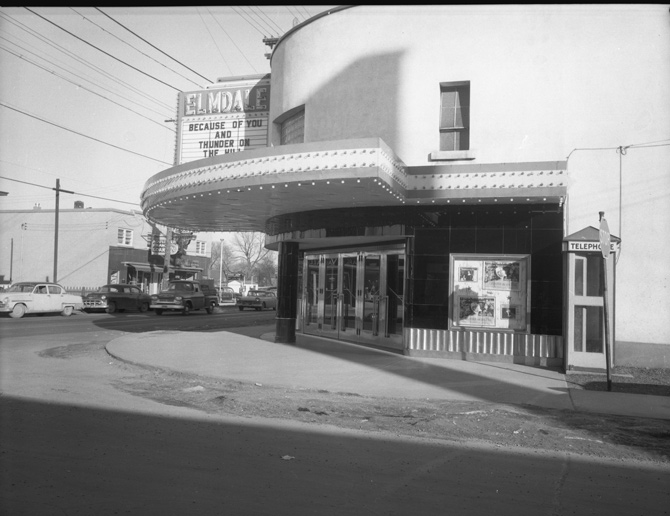
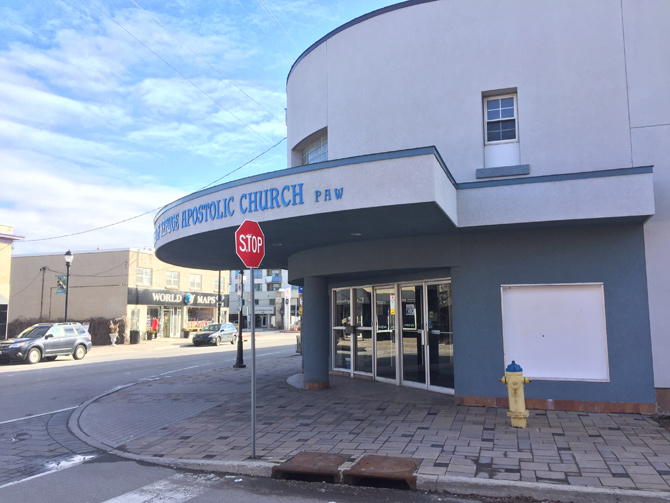
The Westgate Cinemas also deserve mention; operating from 1980 until 2000 on the second floor of Westgate Shopping Centre. When the three-screen theatre, with its $2 admission finally closed in July 2000, it was truly the end of the movie house era for the neighbourhood.
Despite the emergence of new media, movie cinemas remain popular, though theatres must focus on the experience, rather than rely on the films themselves. Perhaps someday, a 21st century Ernest Elphick will take a bold chance and bring back a theatre to Kitchissippi. Real estate would be expensive, but there are some options (such as the neglected Sisters of the Visitation monastery on Richmond Road just west of Island Park). I will be first in line if we ever are so fortunate.
Dave Allston is a local historian and the author of a blog called The Kitchissippi Museum . His family has lived in Kitchissippi for six generations. Do you have early memories of the Kitchissippi movie theatres? We’d love to hear them! Send your email to stories@kitchissippi.com.
